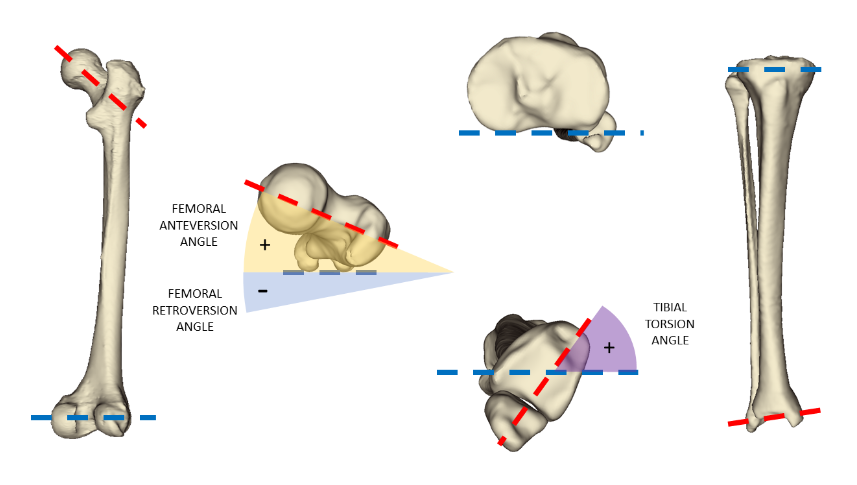24 Free and Open-source Anatomy, Human Atlas, Human Motion Simulation Apps for Students and Researchers
Table of Content
Commercial anatomy apps like Complete Anatomy or Visible Body offer advanced features but often come with hefty subscription fees.
In this list we offer the best free and open-source alternatives deliver comparable educational value, supporting learning and research without financial burden. This list caters to students, scientists, and animators looking to explore anatomy and motion through accessible, community-driven solutions.
Our list offers affordable solutions for medical students, researchers, and animators. These apps rival expensive alternatives, saving users from costly subscriptions.
1- Open Anatomy Browser (OABrowser)
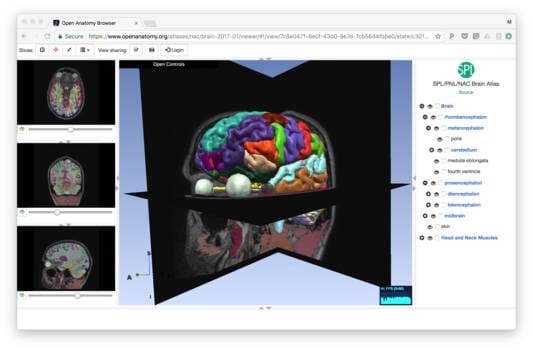
The Open Anatomy Browser is a web tool created by Harvard that lets users explore 3D anatomical models. It shows detailed views of body structures through both 3D models and cross-sections. Doctors, students, and researchers can use it to study anatomy interactively and share their knowledge with others.
The tool is open-source and available online at Open Anatomy.
The Open Anatomy Project is an initiative led by Brigham and Women's Hospital in Boston, aiming to make comprehensive digital anatomy atlases freely accessible to everyone. Current commercial atlases are often expensive and limited, preventing many students, doctors, and the public from accessing essential anatomical knowledge.
The source-code is available on Github.
Resources

2- LearnAnatomy
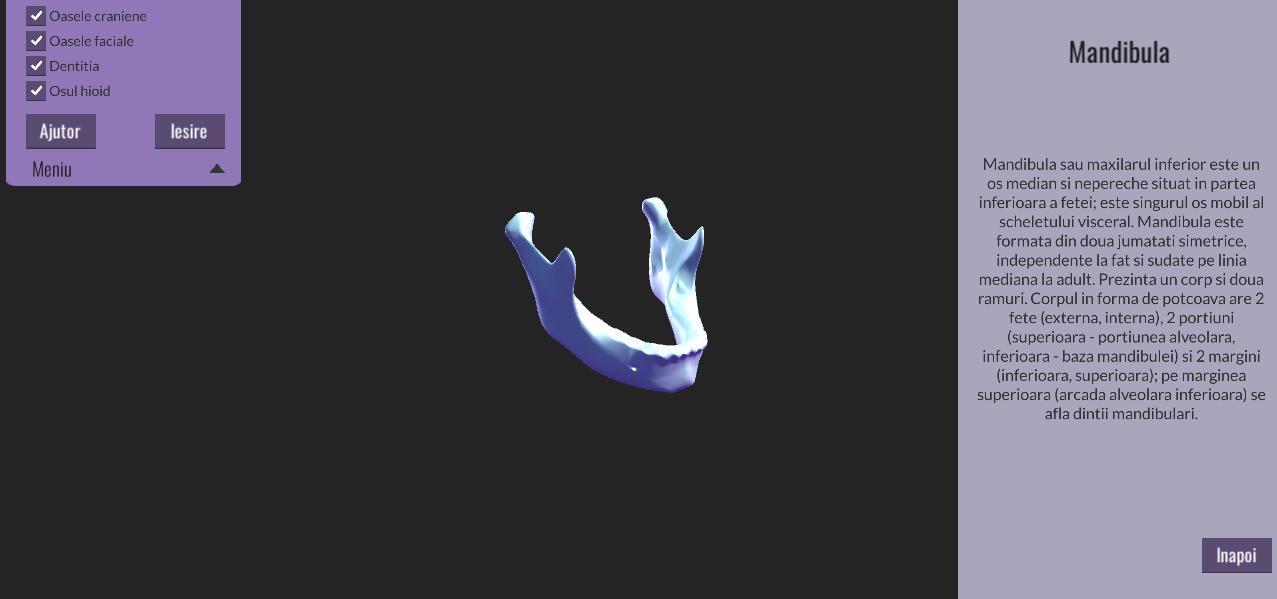
LearnAnatomy is an educational software designed for high school students and fresh medical students. It was created for individual study as a support course for 11th grade biology.
The project is written using the famous Unity Game Engine and C#.
It include 2 mini games and quiz with dozens of questions.
3- gVirtualXRay (Virtual X-Ray Imaging Library on GPU)

gVirtualXRay is a C++ library to simulate X-ray imaging. It is based on the Beer-Lambert law to compute the absorption of light (i.e. photons) by 3D objects (here polygon meshes).
It is implemented on the graphics processing unit (GPU) using the OpenGL Shading Language (GLSL). SimpleGVXR is a smaller library build on the top of gVirtualXRay. It provides wrappers to Python2, Python3, R, Ruby, Tcl, C#, Java, and GNU Octave.
Features
- C++ library to simulate X-ray attenuation
- Beer-Lambert law on GPU
- GLSL
- Support old and new versions of OpenGL
- Demos and Tutorials
- Procedural texturing for realistic rendering of the anatomy
4- ITK-SNAP Medical Image Segmentation Tool
ITK-SNAP is a tool for segmenting anatomical structures in medical images. It provides an automatic active contour segmentation pipeline, along with supporting manual segmentation toolbox. ITK-SNAP has a full-featured UI aimed at clinical researchers.
Features
- Automatic segmentation of 3D medical images using active contour methods
- Dynamic navigation with 3D cursor linked across multiple windows and sesssions
- A set of tools for manual and computer-assisted manual segmentation
- Support for many image formats, including color images
- A mature, easy to use GUI with extensive documentation

5- Slicer Open Anatomy extension
Slicer Open Anatomy extension provides tools for loading, manipulating, exporting and visualizing the Open Anatomy Project's atlases in 3D Slicer.
6- MyoSuite
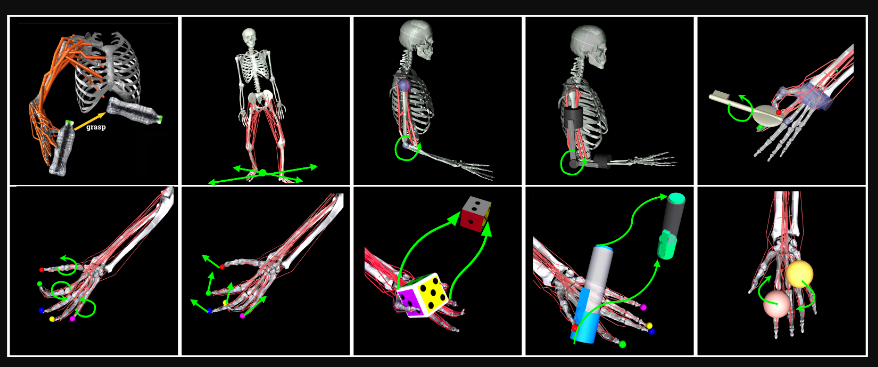
MyoSuite is a collection of musculoskeletal environments and tasks simulated with the MuJoCo physics engine and wrapped in the OpenAI gym API to enable the application of Machine Learning to bio-mechanic control problems.
7- RadioAnatomy

Relying on existing image collections such as the Visible Human (VHP), this project would provide an interactive teaching tool professionals and students that need training in interpretation of radiology anatomy from tomographic imaging techniques.
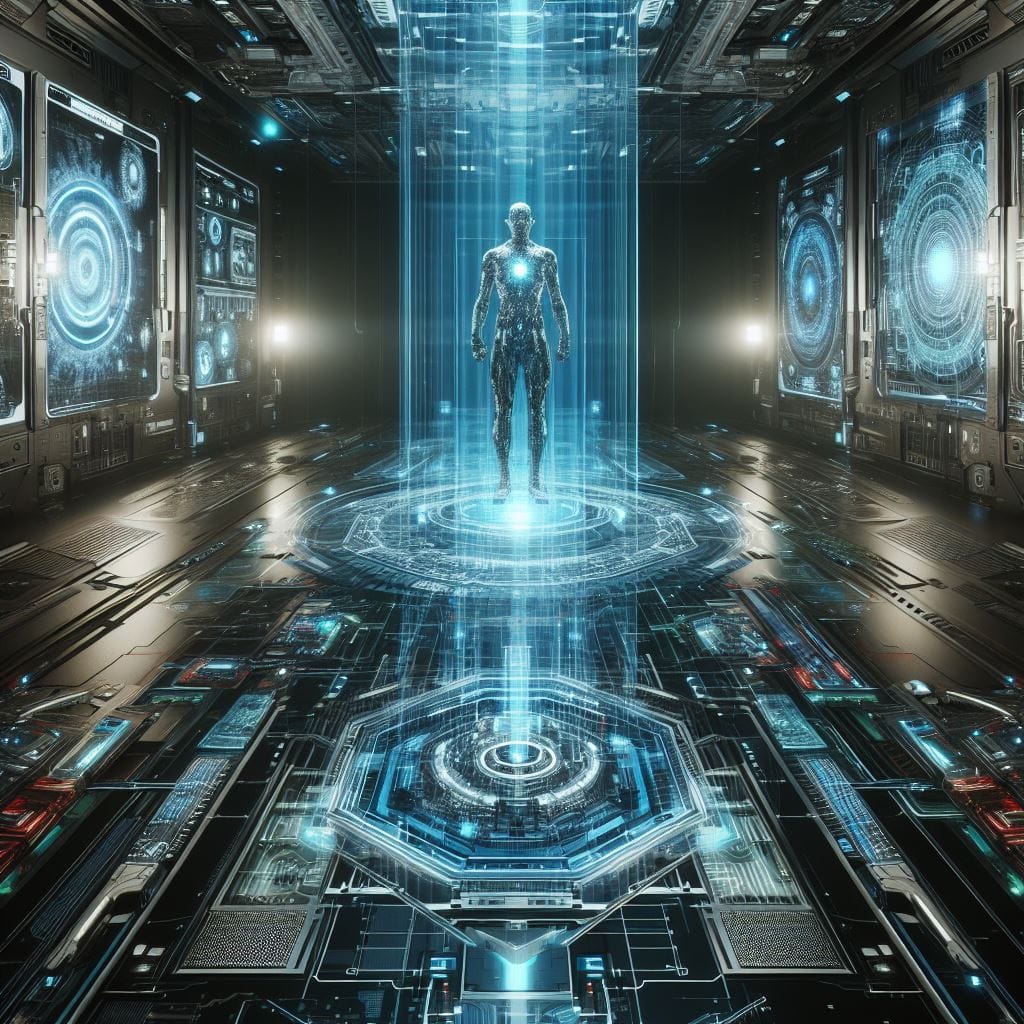
8- BrainMesh (Mouse Brain)
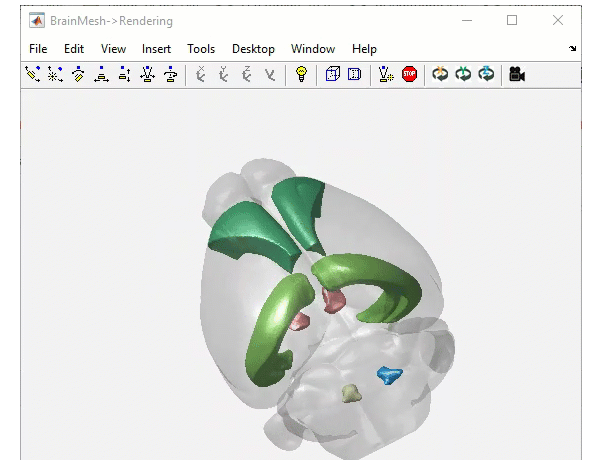
Written in Matlab for experienced users, It renders mouse brain structures easily within Matlab GUI.
9- Brainrender
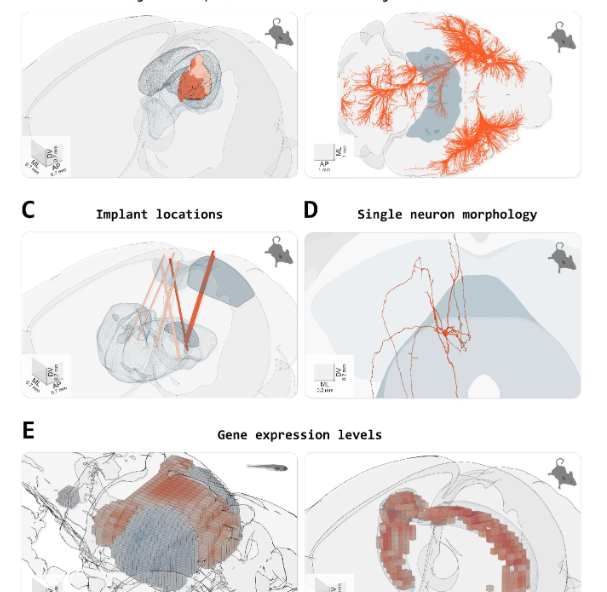
This is a user-friendly python library to create high-quality, 3D neuro-anatomical renderings combining data from publicly available brain atlases with user-generated experimental data.
10- BodyParts3D
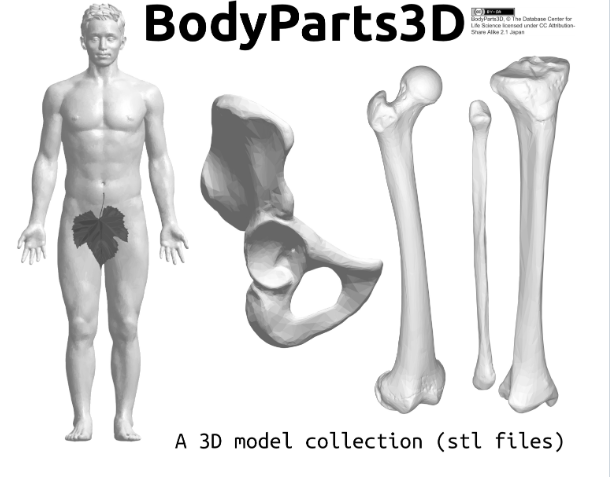
The BodyParts3D project offers free 3D models of human anatomy. It contains STL files (smaller versions of the original models) showing different body parts from a male body. Each part comes with a preview image. The models are free to use with proper credit, making them useful for medical education and research.
11- Expression Atlas Anatomogram
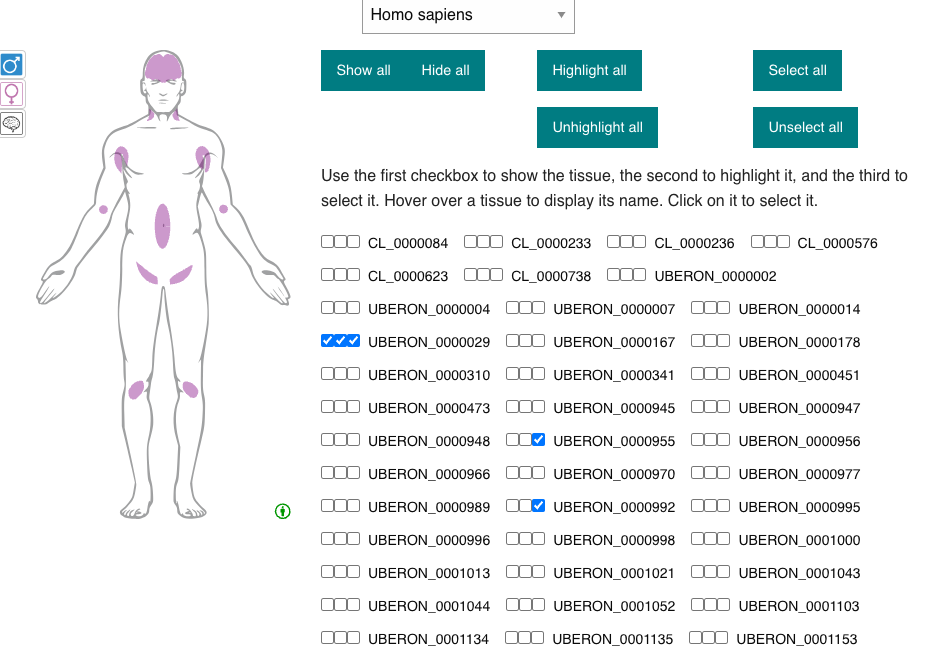
The Anatomogram app is a React tool that creates interactive body diagrams for scientific research. It uses SVG images to show different species and body parts, letting users highlight and click on specific areas. Scientists use it to display gene expression data clearly. It's easy to add to websites and follows scientific standards. You can install it through NPM.
12- Lasagna - Python Volume Visualiser for 3-D data.
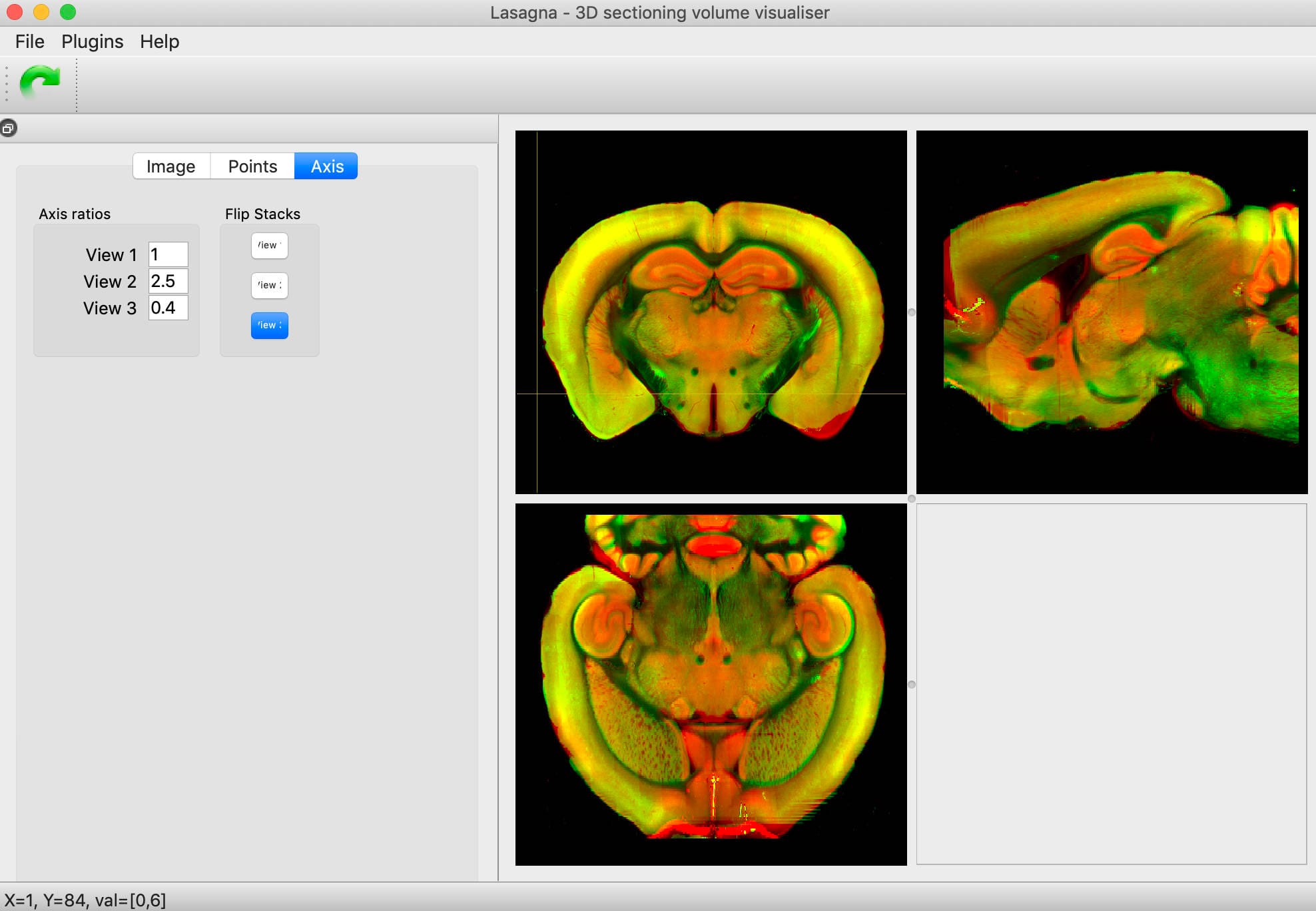
Lasagna a lightweight platform for visualising for 3D volume data developed for the OpenSerialSection project. Lasagna features a flexible plugin system, allowing it to be easily extended using Python and PyQt.
Visualisation is peformed via three linked 2D views. Lasagna was written to explore registration accuracy of 3D data, guide registration, and overlay point data onto images. For more information see the wiki. The above image shows a mouse brain (green) registered to the Allen Atlas template brain (red).
13- VR Neuroanatomy
The VR Neuroanatomy project is a virtual reality app that lets you study a 3D brain model in VR using an Oculus Quest. Created from MRI scans at the University of Washington's Structural Informatics Group, it helps students and researchers learn about the brain by letting them explore and dissect it virtually.
However, it requires Blender and some tech knowledge to run.
14- Realistic Human Head Voxel Model
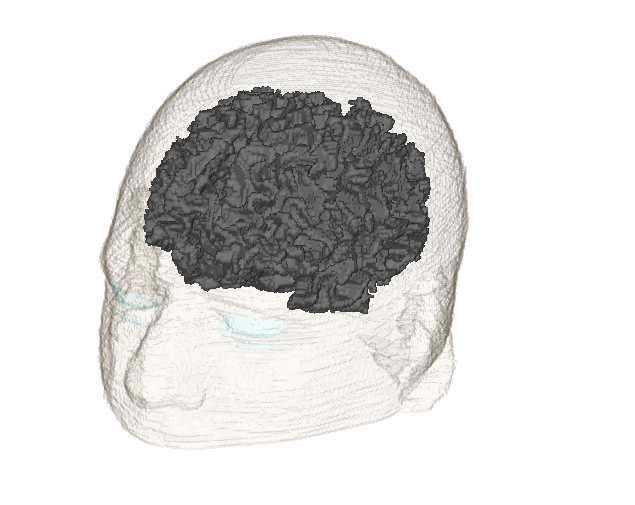
In this Project, a human head voxel model is developed for use in CST Studio commercial software pack using an improved voxel set extracted from MRI images of a human head.
The proposed voxel model contains 256x256x128 voxel elements with dimensions of 1.1x1.1x1.4 mm. Moreover, the dispersive dielectric properties of head tissues, as well as their density and thermal conductivity, are embedded.
15- Bone deformation
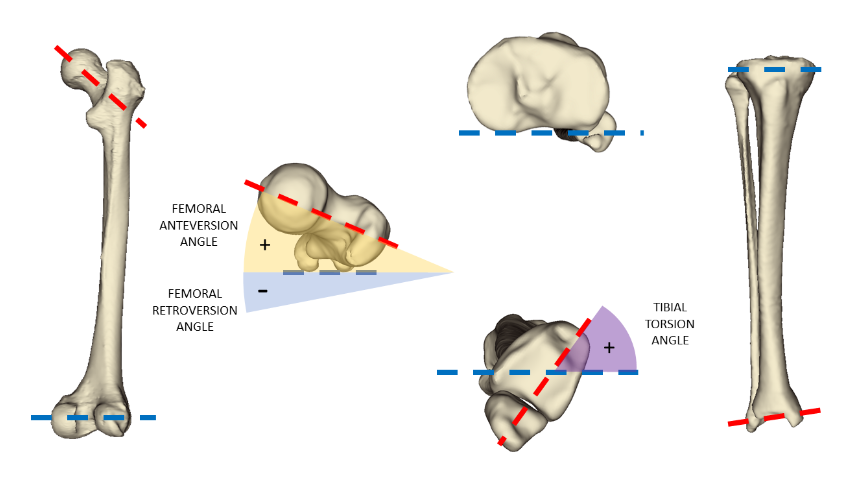
Bone deformation tool designed for applying torsional profiles to bones of musculoskeletal models used in OpenSim
16- SCONE
SCONE is free and open-source software for predictive simulation of human and animal motion.
With SCONE, you can optimize musculoskeletal models to perform specific tasks, according to high-level objectives such as walking speed and energy efficiency.
SCONE supports models from OpenSim 3, OpenSim 4 and Hyfydy, which delivers a 100x speedup over OpenSim.
SCONE includes a Python API, designed and streamlined for machine learning applications.
SCONE is available for Windows, Linux and macOS.

17- OpenAI-Gym
The bioimiitation-gym Python package provides an OpenAI Gym environment for training and testing OpenSim models, focusing on imitating human gaits. It compares skeletal models with motor actuation and musculoskeletal models using muscle-tendon actuation.
The framework employs model-free reinforcement learning to optimize inverse dynamics control, highlighting the smooth efficiency of muscle-tendon models over motor-actuated ones due to muscle activation dynamics.
18- MuscularModel
The MuscularModel class is an abstract class that uses the classes (Muscle, Bone, Weight, Nail, Hinge and Glue) to manage a muscular and skeletal model simulation with the help of the library PBox2D by Daniel Shiffman.
19- MASS(Muscle-Actuated Skeletal System)
This code implements a basic simulation and control for full-body Musculoskeletal system. Skeletal movements are driven by the actuation of the muscles, coordinated by activation levels.
Interfacing with python and pytorch, it is available to use Deep Reinforcement Learning(DRL) algorithm such as Proximal Policy Optimization(PPO).
20- Operative Anatomy of the Human Skull: A Virtual Reality Expedition
The Neurosurgical Atlas offers detailed 3D visualizations of skull anatomy, aimed at enhancing surgical planning and understanding of neuroanatomy. This resource is particularly valuable for neurosurgeons, medical students, and researchers who need precise insights into cranial structures.
It focuses on operative neuroanatomy, providing an interactive way to explore complex areas critical for neurosurgery.
21- MMSkeleton
MMSkeleton is an open source toolbox for skeleton-based human understanding. It is a part of the open-mmlab project in the charge of Multimedia Laboratory, CUHK. MMSkeleton is developed on our research project ST-GCN.
22- Hyperformer
The MuscularModel project class simulates muscle and skeletal systems using PBox2D and Hill’s muscle model to replicate real joint movements. Users extend the class by defining bones, joints, muscles, and weights in their concrete models.
24- Anatomical 3D models in web browser

The project on anatomical 3D models in web browsers explores using WebGL to render detailed anatomical structures directly in browsers, without plugins. This approach offers a smooth and interactive way to study anatomy, such as models of the hand or heart, with easy integration into websites.
However, this software is not open-source or free. It relies on tools like Finalmesh and Verge3D, which are commercial, limiting full accessibility for independent users. This makes it an alternative to heavier, Unity-based applications, but still not entirely cost-free.

